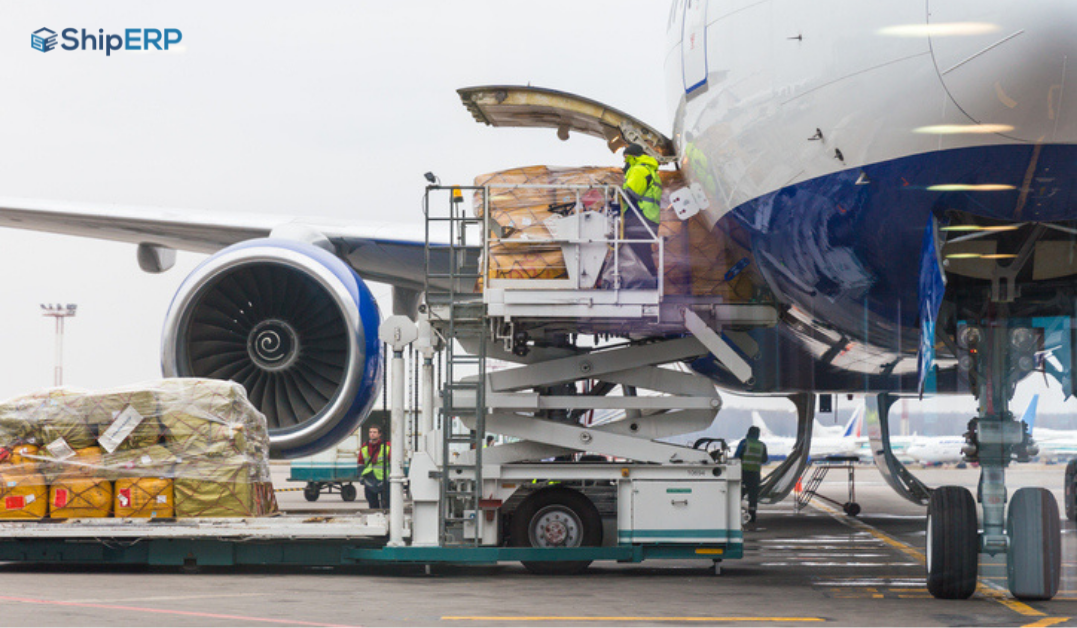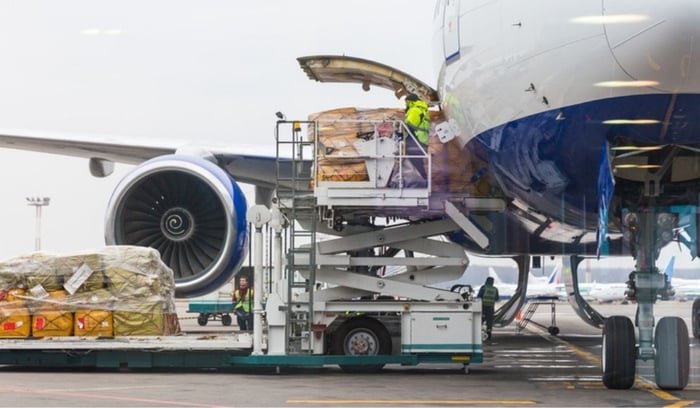
Basics of the Shipper’s Declaration for Dangerous Goods
What's required in a shipper's declaration for dangerous goods? Learn what information you need to accurately complete the dangerous goods declaration document according to IATA regulations.
Ensuring safety during the transport of dangerous goods is a priority for couriers and shippers during the material handling and transportation process. Therefore, there is a mandate to optimize safety standards when transporting hazardous or dangerous goods. It involves various activities among completing necessary documentation such as declaration for dangerous goods.
Let's dive right into the requirements, so you'll ship hazardous materials with confidence in the future.
13 Requirements for the Shipper’s Declaration for Dangerous Goods
A shipper's declaration sheds light on the nature of the goods on transit, thereby preventing safety hazards by applying the best measures in handling the dangerous goods. In addition, the information provided will be worthwhile in planning and implementing safety measures for handling and transportation of dangerous goods. Hence, the declaration of goods is paramount as it mitigates risks of harm, damage, and financial loss to your business.
Transport of Dangerous Goods by Air
The International Air Transport Association covering over 80% of global airlines, has developed Dangerous Goods Regulation (DGR). This manual is used in classifying, marking, packing, labeling, and documenting dangerous goods to ensure their safe transport. The DGR is universally accepted and required for shipping dangerous goods.
According to the IATA regulations, you must include the following information on the Dangerous Goods Declaration (DGD) document:
- Consignee: It's mandatory to indicate the proper name of the cargo recipient in full
- Shipper: Enter the correct name of the shipper in full
- Address: Provide the correct address and telephone number of the consignee
- Airway bill: You must include the airway bill number for the cargo shipment
- Airport of Departure and Airport of Destination: You should enter the full name of the airport of departure and airport of arrival. The carrier can assist by providing the airport code
- Proper Shipping Name: Indicate the proper name of the dangerous goods
- UN Number: Indicates the classification of the dangerous goods you're shipping; you must fill it accurately
- Classification of Dangerous Goods: You must enter the class/division of the dangerous goods.
- Quantity of the dangerous good (total net quantity of the dangerous goods)
- Indicate if the goods are radioactive or non-radioactive
- Packing Group: Include type of packaging IATA packing instruction number if required
- Additional Handling Information: For better safety purposes, include special and specific handling instructions
- The name, date, and signature are included to declare accurate information and guarantee that you have met international and national governmental regulations
If you have trouble filling the DGD, ask for assistance from your carrier. Aside from completing the form, you must keep up to date with the IATA Dangerous Good Regulations. A good strategy for you to follow is to visit the IATA website frequently! IATA may modify the DGD document or add amendments on packaging requirements/quantities. The association may also implement other restrictions on specific dangerous goods.

Transport of Dangerous Goods by Water
If you're transporting dangerous goods by ocean freight, you must complete a shipper's declaration according to the International Maritime Dangerous Goods Regulations Code (IMDG Code). The IMO endorses the regulations to ensure safety during transportation by ocean vessels. According to the IMDG Code, the shipper's declaration must identify the goods, classification, packaging, marking, labeling, and placard correctly. In addition, you must complete the dangerous goods declaration form according to chapter 5.4 of the IMDG Code.
The shipper's declaration contains particulars like the shipper's name, consignee, the exact and specific type of hazardous material, details of the container and vessel/voyage, details of the quantity, type, and kind of package used, and additional information for special handling. Therefore, you're required to fill in these details accurately and according to the regulations. It's important to note that amendments are made after two years.
Transport of Dangerous Goods by Road & Rail
In essence, the shipper's declaration for dangerous goods on transit by road and rail requires the exact details as found in the IATA DGD and IMDG Code declaration documents. They are similar because they are used to ensure safety standards are taken during material handling and transportation of dangerous goods and mitigate safety hazards.
Final Thoughts: Shipper’s Declaration for Dangerous Goods
It's the shipper's responsibility to ensure that they provide accurate information in the Dangerous Goods Declaration. As you duly sign in the declaration agreeing that the information is exact. Correct information enables efficient handling and transport of dangerous goods, and the correct information can reduce airfreight/maritime/on-land disasters, including loss of life.
Save Time & Money: Automate the Shipper’s Declaration for Dangerous Goods
Did you know that you can ensure the accuracy of the shipper’s declaration through automation? A hazardous materials compliance software, like ShipHAZ, can automatically generate the required shipping documents for your dangerous goods. With automation, you’ll save processing time and prevent costly legal penalties.
What are you waiting for? Sign up today for a free product demo of ShipHAZ to see how you can ensure the accuracy of HAZMAT shipping documents, including the shipper’s declaration for dangerous goods.
Interested in more information on hazardous materials and dangerous goods shipping? Check out the following resources:


